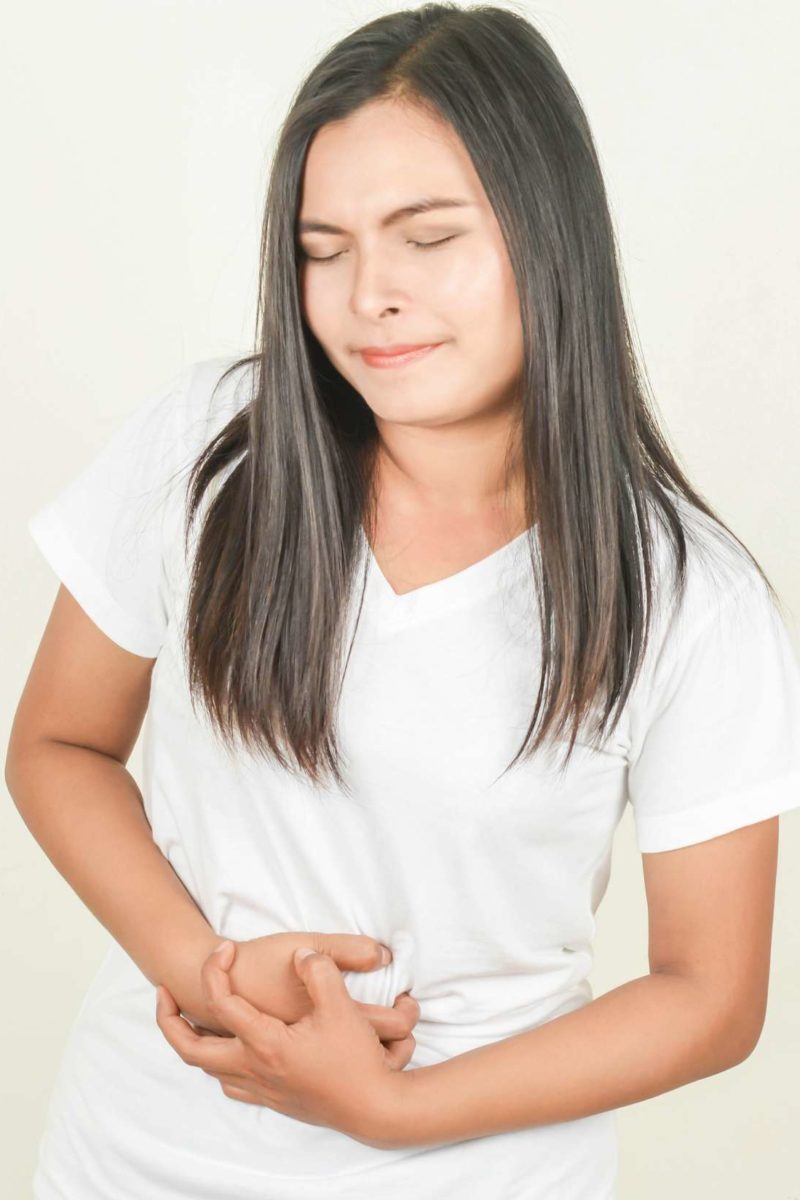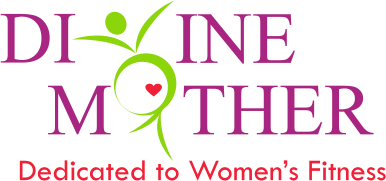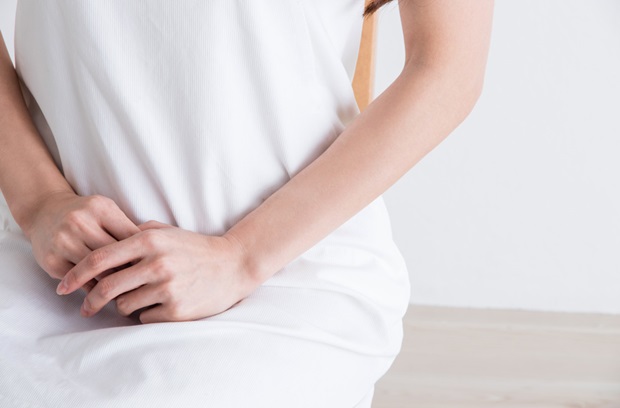
- December 31, 2021
- Comments: 0
- Posted by: Dr. Anushri Shah

Your bladder might be put under a lot of strain during pregnancy as your baby grows. Urine leakage may occur as a result of this (incontinence). Bladder control issues can occur throughout pregnancy as well as after childbirth. Pelvic organ prolapse, weaker pelvic floor muscles, and injured pelvic nerves are all possible causes of bladder control problems. Joining a Post delivery fitness program is ideal for mums. Kegel exercises are frequently prescribed to strengthen pelvic muscles and recover bladder control.
According to some specialists, up to half of the women have urine leakage after giving birth, while others estimate it to be about one-third. In any case, postpartum urine incontinence is quite prevalent; but rarely discussed, so it may come as a big shock.
What Is Postpartum Incontinence?
Postpartum incontinence is most usually used to refer to urinary incontinence, which is the involuntary partial or complete discharge of the bladder following labor and childbirth. In many circumstances, this may appear as leaking or flowing a little amount of pee if their bladder is packed when undertaking a vigorous activity such as running and leaping, or with strong movements such as coughing and sneezing.
Incontinence is highly frequent during pregnancy, impacting approximately half of all pregnancies. Furthermore, if you pee your pants frequently during pregnancy, you are more likely to have bladder control issues thereafter. People who had incontinence during pregnancy had a threefold increased incidence of postpartum incontinence three months later.
Urinary Incontinence:
Urinary incontinence is classified into three categories.
Stress urinary incontinence: It happens when there is pressure on the bladder, such as when sneezing, laughing, or coughing, or when performing a strenuous activity such as sprinting, jumping, or dancing.
Urgency urinary incontinence: This is characterized by a sudden, uncontrolled need to urinate, which frequently results in leakage on the route to the restroom.
Mixed incontinence: It is caused by a combination of stress and urgency.
Urinary incontinence can develop after pregnancy in all three forms, while stress incontinence is more prevalent in younger women who have just given birth. Urgency incontinence becomes increasingly common with age, and it is not always associated with postpartum incontinence. Inform your doctor if you are suffering leaks. While uncommon, it might be a symptom of a greater issue, such as pelvic organ prolapse.
Fecal Incontinence:
Fecal incontinence; stool leakage from the anus can also occur after pregnancy or childbirth, although it is far less common. Fecal incontinence can arise as a result of a fourth-degree rip into the anus or the formation of a fistula from the vagina to the anus. Fecal incontinence may need surgical intervention to be resolved.
Common Cause of Postpartum Incontinence:
The wonder of birthing might cause your body to perform unusual things in order to create a place for and support your developing baby. Your organs shift, and additional pressure is exerted on your bladder and pelvic floor muscles, causing them to diminish throughout pregnancy.
As your body prepares for delivery, your hip joints loosen, your cervix expands, and your pelvic muscles, bones, and ligaments flex as your baby travels through the vaginal canal. Although many people believe that it takes six weeks to recuperate after giving birth, it can really take 6-12 months for your body to fully heal.
After giving birth, your body continues to go through hormonal changes that influence your bladder, and when your uterus shrinks back to its previous size, it can put additional strain on your bladder.
Easy Ways To Deal With Postpartum Incontinence
With all of this pressure and straining, your weaker pelvic muscles may be unable to tighten and contain urine flow. When you carry something heavy, sneeze, laugh, or exercise, you may encounter leakage. Because leaking happens when the bladder is strained, postpartum incontinence is also known as stress urinary incontinence. It is really rather prevalent, affecting around 7 million new mothers in the United States. Even low-stress births and c-sections (cesarean sections) can result in incontinence in up to half of women. But keep in mind that just because something is widespread does not make it normal.
Lifestyle Changes
There are several simple tweaks you can adapt to your everyday routine to ease bladder stress.
- Consume plenty of fiber-rich fruits and vegetables. Coffee, caffeine, spicy meals, and refined sugar are all triggers to avoid.
- Maintain healthy body weight.
- You can reduce strain on your bladder by decreasing pressure on your abdomen. This can reduce the amount of “stress” on the bladder, which can aid in the prevention of leaks.
- To avoid urinary tract infections (UTIs) and dehydration, drink at least 8 glasses of water every day.
Kegel Exercise
Kegel exercises can help strengthen your pelvic floor muscles if you are physically able to do them on a daily basis. Pelvic floor exercises can be done by clenching your pelvic muscles and holding them for roughly 10 seconds. You may even hire a personal trainer to help you strengthen your pelvic floor muscles. Pelvic floor physical therapists have specialized training in pelvic floor problems, including prenatal and postpartum pelvic floor diseases. If you want to work with a pelvic floor physical therapist on pelvic floor muscle training, the Divine Mother’s Post Delivery Fitness Program is an excellent place to start.
Timed Voiding
It is considered normal to use the restroom every 2 to 3 hours. If you have to go often, you might use bladder training strategies to regain bladder function. Use the restroom every 30 minutes to an hour, then aim to increase the time between urinations each day. Emptying your bladder before activities, especially post-delivery fitness programs can also help reduce leaks.
Bladder Control Pads
Bladder control pads are absorbency objects that are used to absorb urinary losses. Instead of using bulky briefs, smaller bladder control pads, such as bladder control pads, can be used to swiftly absorb leaks. Bladder control pads are similar to menstruation pads in appearance, making them quick to change and transport.
Medication & Devices
To promote relaxation in your bladder and manage urine flow, you may require temporary assistance from incontinence medications or support devices. A pessary, for example, can be inserted into the vagina to handle the bladder and rectum and aid in bladder emptying. This tool can also be used to treat prolapsed pelvic organs. Other devices, such as bladder slings, can be surgically implanted to relieve incontinence symptoms. In the meanwhile, try not to be concerned about a small amount of pee loss.
You can continue to connect with your baby while using protective incontinence products. After you’ve fully recovered from childbirth, talk to your doctor about your urinary incontinence and start taking steps to restore bladder control.
Consult Specialist
If you are experiencing incontinence symptoms, consult your doctor to clear out more serious illnesses and causes in order to build an appropriate treatment plan. Instead of stress incontinence, you might have urge incontinence or overactive bladder, in which you fail to completely evacuate your pee. Visiting a pelvic floor physical therapist or joining a divine mother’s post delivery fitness program will guarantee to help you to rebuild pelvic floor muscle strength. you can also read about: Abdominal Separation In Pregnancy


